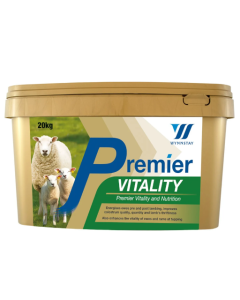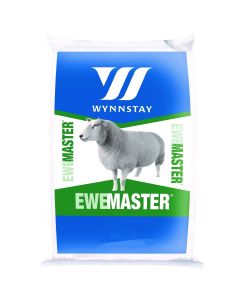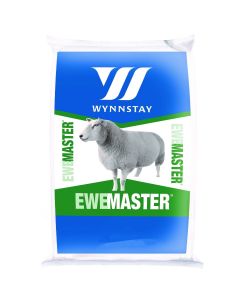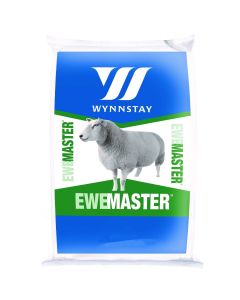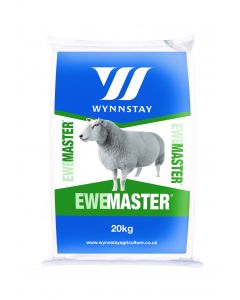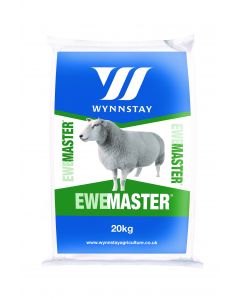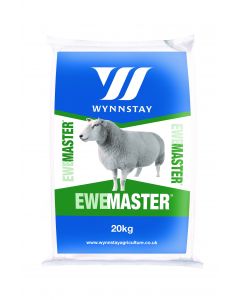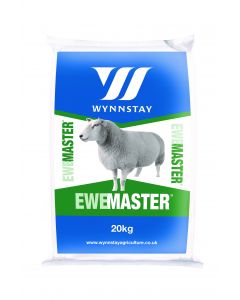Steps to take for preventing twin lamb disease
-

- 4 Jan 2024
- 0 Comments

Elevated energy demands placed on pregnant ewes in late gestation mean sheep can lose condition and suffer from twin lamb disease. This produces ketones as fat reserves are used as an energy source as opposed to glucose in the bloodstream.
Appropriate and accurate nutrition for ewes in the last 8 weeks of pregnancy is crucial to reduce the incidence of twin lamb disease or pregnancy toxaemia. Regular body condition scoring (BCS) should be carried out by the same individual each time to identify any changes in ewe condition over this period. Farmers should look to feed ewes according to a number of foetuses carried, meaning scanning is a worthwhile exercise to inform pre-lambing rationing.
What is twin lamb disease?
Usually, this condition occurs in late pregnancy when the demand for glucose increases exponentially due to rapid foetal growth foetuses outstrip the ability of the ewe to provide it so she becomes deficient. The condition is most common when twins or even triplets are present. As a result of the high demand for glucose, the ewe starts to rapidly break down her own body fat reserves and this produces chemicals called ketones, which enter the bloodstream. High levels of ketones in the blood have serious consequences and will cause the ewe to feel dull and unwell. As the levels increase she will be likely to stop eating and, as she then has no energy intake herself, the situation rapidly spirals downhill.
What are the symptoms?
Clinical signs of twin lamb disease usually consist of the following:
- Seperation from the flock
- Not grazing or not coming through at feeding time
- Not retreating when approached
- Apparent blindness
- Foamy mouth and nostrils
- Grinding teeth - can be a sign of head pain
- Facial or body twitching
- 'Pear drop' breath - indicates the presence of ketones
Ewes with advanced twin lamb disease are frequently very dull, unable to eat and unable to stand and as a result of the rapid breakdown of body fat they will usually be very thin. At this stage attempts to save the ewe and the foetuses are usually unrewarding. It is sometimes necessary to induce an early lambing where dead lambs are likely to be born, but it may save the life of the ewe.
If cases are identified early then treatment is likely be more successful. Early signs may include ewes having reduced feed intakes or being off her food, appearing slightly dull or being slightly twitchy and nervous – all signs that can be caused by increasing levels of ketones in the blood.
You should always seek advice from your vet on the most effective course of treatment for ewes exhibiting these signs.
How can you prevent disease?
The key to preventing and reducing the likelihood of twin lamb disease is good nutritional management of the pregnant ewe. It is very important to regularly assess the body condition score (BCS) of pregnant ewes. It is usually very hard to see how much fat and muscle cover there is due to the presence of the fleece, but it can easily be assessed by feeling the transverse processes (often called the short ribs) with your hand. For more information on how to BCS your ewes, click here.
Monitoring the BCS of ewes regularly will ensure that they are not getting too thin, or indeed too fat, at any stage. Pregnant ewes need to be fed according to the number of foetuses present. It is important to get ewes scanned to check first if they are pregnant, but equally important to get an estimation of the number of foetuses present. Ewes with singles, twins and triplets then need to be managed as separate groups and fed differing amounts, especially during the later part of pregnancy. If all ewes are simply fed the same then those with multiple pregnancies may be at risk of becoming ill with pregnancy toxaemia.
Stress and movement can result in triggering cases of twin lamb disease, especially in very late pregnancy and great care should be taken to avoid this. A number of factors can cause a temporary reduction in feed intakes in pregnant ewes and this drop in energy and feed intakes can push susceptible ewes over the edge into twin lamb disease. Poor weather and rainy, cold conditions can be responsible for reduced feed intake. Moving heavily pregnant sheep indoors just before lambing can present a significant risk. The risk will always be much lower if ewes are insufficient body condition and are being fed appropriately for the number of foetuses they have. Handling pregnant ewes should be carried out as stress-free as possible.
When really severe weather occurs, such as unexpected snow, and where normal feeding operations are disrupted, this can be very serious. Seemingly straightforward operations such as moving and mixing ewes can have serious consequences in late pregnancy and care should be taken to reduce stress and make any changes in good time before lambing starts.
Read more: Top 3 priorities ahead of lambing
[1] Lambing Advice - Lamlac - Volac
[2] http://www.fwi.co.uk/livestock/guide-preventing-tw...

